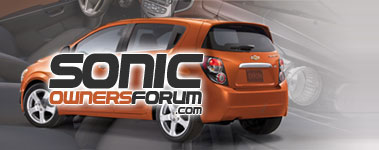The E78 ECM the 1.4T uses is TQ based ECM, which means it calculates how much torque to let the engine deliver in a given scenario. I.E. you push the pedal down 30% at 2000 rpms, 90kPa (so not boost yet) and it says deliver 75ft/lbs of torque. The ECM then manipulates multiple systems, including boost pressure, cam timing, ignition timing, A/F ratio, and so forth to deliver that expected TQ to the wheels.
Why does this matter vs the older style GM systems that rely more on just making as much power as the engine can at that particular pedal/rpm/load breakpoint? Easier to manipulate for fuel economy, and the ECM sees the intake swap increases the airflow input and that it's easier to make the same amount of TQ at that breakpoint, so it just stops asking for throttle opening, more boost, so on. It's a target (PID) system where the ECM will only let the engine make what the ECM is programmed for, within a few hp/tq.
What does a tune do? Raises the desired TQ limit so the ECM doesnt limit power delivery. It also smooths out spark timing, cam timing, boost delivery, fueling, and shifting for autos.
Rockcrusher, the older GM ECMs will just throw a lean code as the ECM is expecting '10g' airflow at 3000rpms 90kPa and it sees 15g instead. The Sonic ECM will do this as well, but usually the ECM TQ limit is met before the fueling gets too out of whack, especially as there are few built/cammed/big turbo engines that would significantly alter this without a tune.
